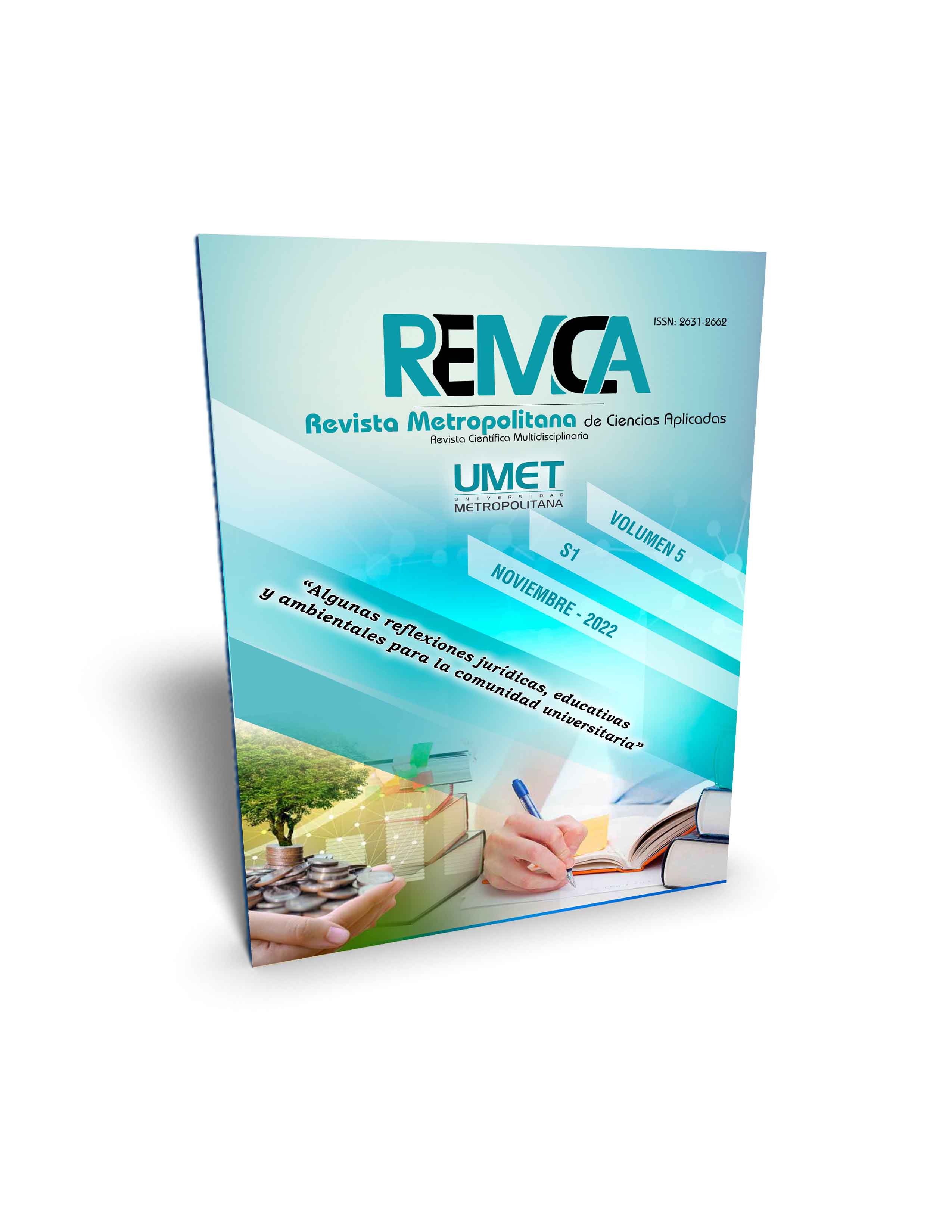Modelo didáctico de desarrollo de la habilidad contextualización espacio-temporal en la Historia de Cuba
DOI:
https://doi.org/10.62452/wmgzyv62Palabras clave:
Modelo didáctico, habilidades, contextualización espacio-temporal, Historia de CubaResumen
Este artículo aborda aspectos sobre el desarrollo de la habilidad contextualización espacio-temporal en el proceso de enseñanza-aprendizaje de la Historia de Cuba. El objetivo que persigue es la elaboración de un modelo didáctico para el desarrollo de esta habilidad en los estudiantes de la carrera Licenciatura en Educación Especial, que contribuya a su formación profesional. La novedad científica de estos resultados investigativos se expresa en concebir la contextualización espacio-temporal como una habilidad dentro del proceso de enseñanza aprendizaje de la Historia de Cuba, que se convierte en un componente básico del contenido histórico que permite establecer un núcleo gnoseológico y metodológico, que al ser estructurado desde la relación integral del tiempo y el espacio histórico, favorece en los estudiantes la integración de saberes y desarrollar un conjunto de relaciones temporales, espaciales y causales que se establecen en interrelación dialéctica.
Descargas
Referencias
Addine Fernández, F. (2006). El modo de actuación profesional pedagógico: apuntes para una sistematización. De la teoría a la práctica. Pueblo y Educación.
Cuba. Ministerio de Educación Superior. (2016). Documento base planes E. MES.
Del Toro Córdova, L. M. (2018). Propuesta curricular de Historia de Cuba para la carrera de Licenciatura en Educación Mecanización. (Tesis Doctoral). Universidad de Holguín.
Foluquié, P. (1976). Diccionario de Pedagogía. Oikes-tau, S.a. Ediciones-Vilassar de Mar.
González Arias, Y. (2021). Concepción Teórico metodológica para el tratamiento de los nodos conceptuales de las disciplinas de ciencias históricas, en la formación del profesional pedagógico de Marxismo-Leninismo e Historia. (Tesis Doctoral). Universidad de Holguín.
Horruitiner Silva, P. (2006) La Universidad Cubana: el modelo de formación. Félix Varela.
Jevey Vázquez, Á. F. (2016). La Historia y su didáctica en la Educación Primaria. Academia Universitaria “Edacum”.
Klingberg, L. (1985). Introducción a la Didáctica General. Pueblo y Educación.
Lastres Rodríguez, E., & Castro Vinajera, J. L. (2017). Las relaciones espacio-temporales en el proceso de enseñanza-aprendizaje en la asignatura Historia de Cuba. Roca, 13(3), 22-33.
Rojas, C. A. (2018). Estrategia didáctica para el desarrollo de la habilidad ubicación temporal con enfoque profesional desde las clases de Historia de Cuba en la formación del maestro primario. (Tesis de Maestría). Universidad de Pinar del Río.
Descargas
Publicado
Número
Sección
Licencia
Derechos de autor 2022 Dimelsa Rivas Dusut, Gabriel Eduardo Oliver Castillo, Francisco Luis López Medina (Autor/a)

Esta obra está bajo una licencia internacional Creative Commons Atribución-NoComercial-CompartirIgual 4.0.
Los autores que publican en la Revista Metropolitana de Ciencias Aplicadas (REMCA), están de acuerdo con los siguientes términos:
1. Derechos de Autor
Los autores conservan los derechos de autor sobre sus trabajos sin restricciones. Los autores otorgan a la revista el derecho de primera publicación. Para ello, ceden a la revista, de forma no exclusiva, los derechos de explotación (reproducción, distribución, comunicación pública y transformación). Los autores pueden establecer otros acuerdos adicionales para la distribución no exclusiva de la versión de la obra publicada en la revista, siempre que exista un reconocimiento de su publicación inicial en esta revista.
© Los autores.
2. Licencia
Los trabajos se publican en la revista bajo la licencia de Atribución-NoComercial-CompartirIgual 4.0 Internacional de Creative Commons (CC BY-NC-SA 4.0). Los términos se pueden consultar en: https://creativecommons.org/licenses/by-nc-sa/4.0/deed.es
Esta licencia permite:
- Compartir: copiar y redistribuir el material en cualquier medio o formato.
- Adaptar: remezclar, transformar y crear a partir del material.
Bajo los siguientes términos:
- Atribución: ha de reconocer la autoría de manera apropiada, proporcionar un enlace a la licencia e indicar si se ha hecho algún cambio. Puede hacerlo de cualquier manera razonable, pero no de forma tal que sugiera que el licenciador le da soporte o patrocina el uso que se hace.
- NoComercial: no puede utilizar el material para finalidades comerciales.
- CompartirIgual: si remezcla, transforma o crea a partir del material, debe difundir su creación con la misma licencia que la obra original.
No hay restricciones adicionales. No puede aplicar términos legales ni medidas tecnológicas que restrinjan legalmente a otros hacer cualquier cosa que la licencia permita.




